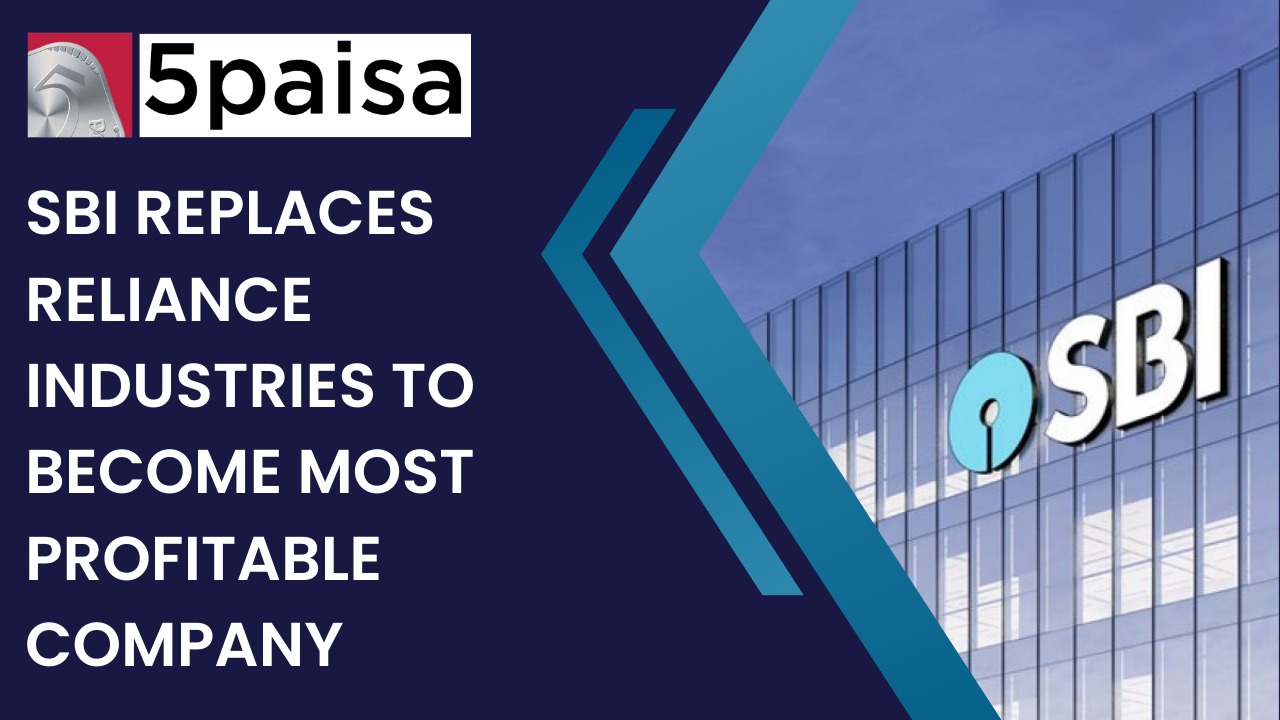Exchange Data Reveals Ketan Parekh's Front-Running of Tiger Global Trades
SBI replaces Reliance Industries to become most profitable company

Last Updated: 10th August 2023 - 07:21 am
It is not often that another Indian company gets to pip Reliance in the profitability sweepstakes. However, in the June 2023 quarter i.e., Q1FY24, SBI has reported profits than Reliance Industries. For the quarter, Q1FY24, Reliance had reported net profits of ₹16,011 crore while SBI had reported net profits of ₹18,537crore, a full 15.8% higher than the profits reported Reliance Industries. It is not just the latest quarter. Even if you look at the four rolling quarters from September 2022 to June 2023, then Reliance Industries has reported net profits of ₹64,758 crore while the 4 quarter rolling net profits of SBI is 3.25% higher at ₹66,860 crore. Incidentally, this is the first time in more than a decade that SBI has reported higher profits than Reliance Industries in 4 rolling quarters combined. The last time it happened was way back in the fiscal year 2011-12.
What has brought about this dichotomy?
Just about 3-4 years back, PSU banks were struggling with tepid growth in top line, high levels of NPAs and low capital adequacy. Things have changed drastically in the last few years. Multiple rounds of capital infusion by the government have helped to better capitalize the public sector banks. A focus on retail has helped the public sector banks to improve their financial performance. What has been the outcome. SBI has been consistently showing growth in net interest income (NII), one of the most important measures in the banking industry. Secondly, the net interest margins (NIM) have expanded sharply for most of the PSBs in the last few years. Above all, consistent provisions and a focus on recoveries has reduced the gross NPAs of PSBs, cut the net NPA levels to below the 1% mark on an average and also sharply reduced the quarterly provisions. That has sharply improved the provisions coverage ratio.
The opposite has been the case with Reliance. Let us add that the digital business and the retail business are doing extremely well. However, both are capital intensive businesses. Retail is currently expanding aggressively while Jio is in the midst of rolling out 5G across India. Hence the cost pressures are continuing despite rising revenues. But, the biggest problem is the weak performance of the oil-to-chemicals (O2C) business of Reliance Industries. This is the business that comprises of oil refining and downstream petchem products that are a derivative of crude. However, petchem and refining margins have been under pressure globally and that has put pressure on the top line and the bottom line of Reliance Industries. For RIL, most of the pressure came from the O2C business as the overall profits of Reliance actually fell in the latest quarter.
Will this be the paradigm for the future?
Hard to say, but many of the advantages that banks are enjoying today may not sustain. Most of the profit growth in banks is coming because lending rates have gone up seamlessly while the deposit rates have not gone up in sync. That has left banks with much higher spreads, which is evident in the NII growth and the NIMs in the last few quarters. Also, once this situation corrects and deposit rates start rising, the spread advantage may vanish. Even analysts concur that the road ahead may be challenging for SBI, especially with reference to maintaining such a fantastic performance.
For Reliance, the challenge is that the new age businesses like Retail and Digital are not as profitable, nor are they cash cows like petchem and oil refining. However, the network effect will play out in both the new age businesses. For Reliance, it is more of a long haul game. Also, the green energy initiatives are likely to guzzle a lot of capital. SBI is having a good time for now, and that is what really matters!
- Flat ₹20 Brokerage
- Next-gen Trading
- Advance Charting
- Actionable Ideas
Trending on 5paisa
03
 5paisa Research Team
5paisa Research Team
04
 5paisa Research Team
5paisa Research Team
Indian Market Related Articles
Disclaimer: Investment in securities market are subject to market risks, read all the related documents carefully before investing. For detailed disclaimer please Click here.




